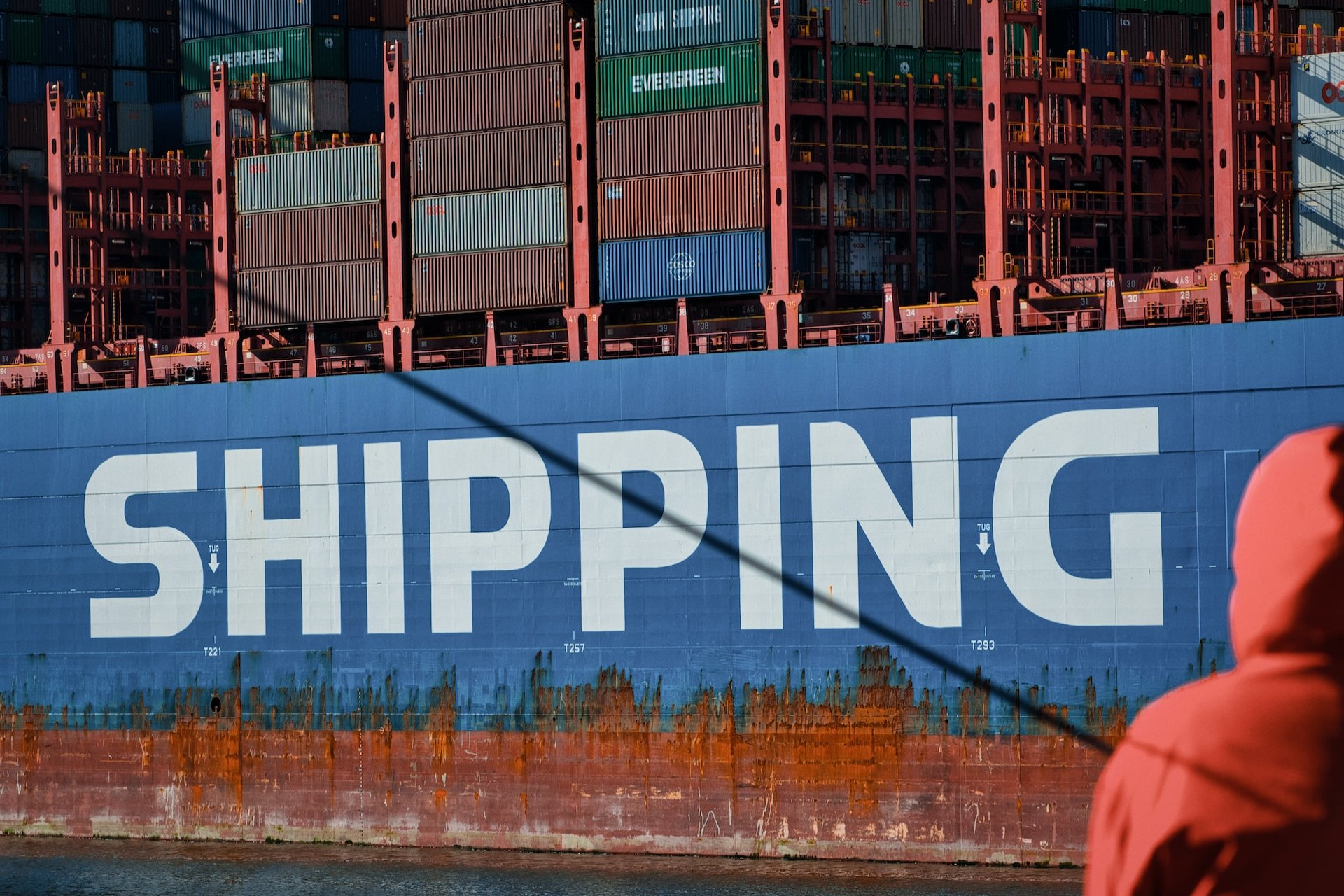
Which Supply Chain Type Is Right for Your Business?
October 31, 2023 - Revolutionized Team
Revolutionized is reader-supported. When you buy through links on our site, we may earn an affiliate commission. Learn more here.
Supply chains are instrumental in keeping goods flowing across borders and getting them to their destinations. However, the associated infrastructure can soon become dysfunctional if a business leader does not choose the appropriate supply chain type for a company. Here are some of the most common systems used today.
Globalized Supply Chains
Even people associated with recently started businesses that only operate in single small towns need to begin thinking about making their supply chains have a global reach. Even when an enterprise only serves customers in a small geographic area, the raw goods needed to make products will probably come from elsewhere.
Business owners often find they can save money by purchasing supplies outside of where they operate their companies. Plus, they may eventually cater to customers in other countries, so it’s best to start thinking now about when that time comes.
People operating global supply chains must also stay up-to-date with customs laws and other location specifics. Otherwise, there’s a high likelihood of orders getting held up at borders and possibly forbidden from reaching the purchasers.
As company decision-makers ponder if and when to choose the global supply chain type, they must anticipate disruptions. That’s primarily due to the distances involved and the number of parties handling the goods. All the collective variables increase the chances of things going wrong, even when people exercise careful planning.
For example, a 2022 study indicated less than 20% of those from organizations with global supply chains felt ready to cope with disruptions. That reality should not frighten business leaders. However, it should give them a wake-up call and remind them there’s no better time to prepare than now.
People may also take the opportunity to partner with outside experts, such as consultants. Parties with first-hand experience in globalized supply chains and markets can provide actionable best practices and advice to help leaders steer clear of common mistakes.
Just-In-Time Supply Chains
When people think of Toyota cars, just-in-time (JIT) supply chains often come to mind, too. That’s because Toyota leaders adopted that approach in the mid-1950s. Doing so allowed them to work with smaller batch sizes and achieve better part-assembly versatility.
Just-in-time supply chains require careful collaboration between manufacturers and suppliers. That’s because the goal is for raw materials to arrive just before people need to make something with them. One of the main benefits of the JIT supply chain type is that it significantly reduces stockpiled goods because producers only order from suppliers as needed.
This type of supply chain helps businesses run more efficiently, too. Operating a JIT supply chain is much easier when people have easy access to reliable data. For example, the JIT supply chain is a practical supply chain type for people producing perishable foods.
Decision-makers can dig into data and learn that specific foods are popular in one region of the country but largely ignored by consumers in another. Then, they can order just enough ingredients to produce the fresh foods buyers want.
However, the JIT supply chain type has some downsides, too. One issue is that people may become too dependent on forecasts containing data that’s too old to be useful. Then, they can’t respond quickly enough, and they may order the wrong quantities. Also, supply chain disruptions can halt JIT plans. Because people only request what they need right before they hope to use it, widespread or prolonged delays can quickly impact the supply chain.
Lean Supply Chains
If business leaders want to prioritize waste reduction, the lean supply chain type is an excellent option. Something important to know is that excess spans beyond physical resources in this case. Waste could mean the time spent while someone waits for a sluggish machine to finish its cycle. It could also occur if skilled team members don’t have those capabilities well-utilized in their daily work.
Defect reduction is another defining characteristic of this type of supply chain. That’s why the lean method emphasizes continuous improvement. Once leaders identify the waste and its cause, they must make targeted efforts to tackle the problem.
Relatedly, a smooth-running lean supply chain is a team effort. Feedback from all applicable supply chain parties can give leaders insights about things they wouldn’t otherwise consider. Employees might bring up things like how warehouse clutter makes it difficult to find the things they need. Then, leaders could set a lean supply chain goal to organize the space better and make it more purposeful.
Sustainable Supply Chains
Sustainable supply chains are like global ones in a couple of ways. Firstly, they’re becoming more in demand in the modern world, especially as consumers become more mindful of their resource usage. Plus, both sustainable and global supply chains are becoming more necessary due to how people use goods.
It’s increasingly impractical for a supply chain manager to only source goods from a single country. So, their supply chain must gradually become more globalized to remain competitive and functional. Similarly, people cannot consume goods recklessly and expect few or no consequences. Many have changed their resource usage and pressured the brands they engage with to do the same.
However, one issue with the sustainable supply chain type is a disconnect between the value supply chain leaders see and the associated actions taken to achieve it. An April 2023 study found more than 60% of respondents think increased sustainability showcases their companies as long-term investment options. However, only 30% have set supply chain sustainability targets. It’s not enough to recognize sustainability’s worth. People must also make decisive choices about how to make measurable and meaningful progress.
Notably, though, company leaders will define sustainability differently depending on factors such as their business size, model, budget and existing challenges. Someone managing a supply chain at a large company might meet with all partners and require them to gradually reduce emissions.
However, people can also start smaller when building sustainable supply chains. That could entail using more recycled packaging materials or investing in energy-efficient machinery, for example. The main thing to remember is that creating a sustainable supply chain requires people to treat the endeavor as a journey that occurs over years. A steady plan for improvements will get the desired outcome.
Choosing a Supply Chain Type
Something that may become quickly obvious about the supply chain types covered here is that there’s often significant overlap. A supply could be both lean and globalized. Relatedly, supply chain models can change along with business needs. People can create one supply chain type, and then switch to another within a decade, for example. The main goal is that the chosen supply chain structure fits a company’s current needs and accommodates future aims.
Revolutionized is reader-supported. When you buy through links on our site, we may earn an affiliate commission. Learn more here.






